


Consider first the following facts...
Fact: Reading words with mixed up letters is quite possible, especially if the first and last letter remain in place. (Rawlinson 1976)
Fact: “Fast” readers in English use logographic recognition of words. (Ehri 1995)
Fact: Chinese readers read faster than English readers at the same level of comprehension. (Lu 1999)
Fact: Chinese readers read logographically. (Tan 2001)
Fact: People with some forms of synesthesia perceive letters to have inherent color, which can make it easier to recognize and spell words. (Cytowic 2002)
Fact: In English, the sound of a word gives speakers hints about whether it is a noun or verb. (Farmer 2006)
Fact: Dyslexia is different in English alphabetic and Chinese logographic readers. (Siok 2008)
Fact: At least some Chinese logograms are iconic. (Hu 2009)
Proposal: Let us take all of these facts together and devise a new writing system for English that has increased iconicity and increased logographicity, while maintaining its traditional alphabeticity
The initial evolution of our vastly improved writing system began with the simple imposition of improved markers of iconicity on written word forms. Consider “cat” and “cheetah” below.


We discovered that we could improve not only recognition of word forms, but also improve access to word meaning and synonym retrieval with this method. Consider “manx”, below, and compare both similarities and differences to earlier “cat”.

We also realized that the relative lack of importance of the size, order, and placement of non-


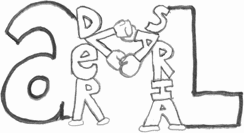
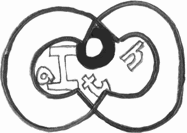
Additional iconicity is available to those with synesthesia. Our 2012 summer intern, I. C. Cullers, informed us that he perceived, for example, the color purple as having a hexagonal shape and hexagons as having a purple color. He also informed us that all synesthetes have the exact same experience. Therefore we improved out already exalted writing system by introducing a further universal cross-
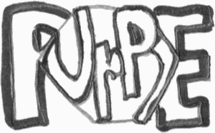
A class of orthographic word play known as “ambigrams”
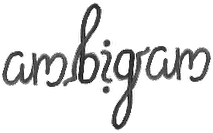

The system is also suitable for use on proper names. Consider “Tutankhamun” below.

The process of creating this remarkably extraordinary writing system can be applied to more abstract concepts, too, with equal semantic and orthographic transparency. Consider “obstreperousness” and “sacrilegious” below.
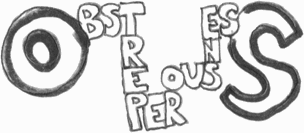
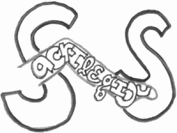
Even technical jargon can be rendered breathtakingly easier to decode and understand with our astonishing new writing system. Consider “orthogonalization” and “parallelizability” below.


Only the most careful proofreaders will notice the intentional misspelling of “orthogonalization”, which demonstrates the staggering robustness of the iconicity and awe-
Even terms in language and linguistics benefit from the innovative transformation our system provides. Consider “phonetics” and “phonology” below.
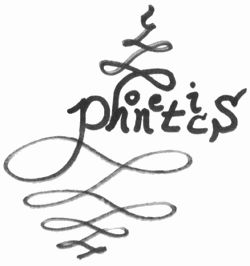

We expect that linguistics students exposed to our pioneering new writing system will come to the study of language with an implicit understanding of, for example, the hierarchical nature of syllable structure and the core importance of vowels as syllabic nuclei. (Or whatever it is that phonologists think they think these days.)
Finally, two more language-
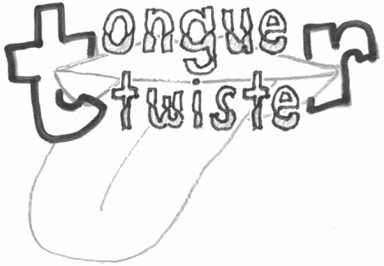
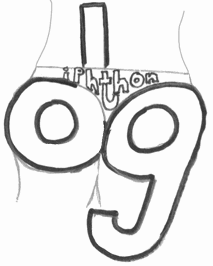
It is hard to image a writing system more unconventional, yet familiar; more imaginative, yet traditional; more unprecedented, yet necessary. We have smashed the orthographic orthodoxy of English, and reassembled something newly new, yet vitally vital to the survivant survival of English in the global marketplace of words and ideas.
Patent pending. For licensing information, please submit inquiries in care of Speculative Grammarian.
Cytowic, R.E. (2002) Synesthesia: A Union of The Senses, second edition. Cambridge: MIT Press.
Farmer, T.A., Christiansen, M.H., & Monaghan, P. (2006). “Phonological typicality influences on-line sentence comprehension.” Proceedings of the National Academy of Sciences, 103, 12203-12208.
Ehri, L.C. (1995 ) “Phases of development in learning to read words by sight.” Journal of Research in Reading, 18, 116-125.
Siok, W.T., Niu, Z., Jin, Z., Perfetti, C.A., & Tan, L.H. (2008) “A structural–functional basis for dyslexia in the cortex of Chinese readers.” Proceedings of the National Academy of Sciences, 105, 5561-5566.
Rawlinson, G. E. (1976) “The significance of letter position in word recognition.” Unpublished PhD Thesis, Psychology Department, University of Nottingham, Nottingham UK.
Hu, Z. (2009) “The Image Iconicity in the Chinese Language.” Seventh Biennial Symposium on Iconicity in Language and Literature.
Tan, L.H., Liu, H.-L., Perfetti, C.A., Spinks, J.A., Fox, P.T., & Gao, J.-H. (2001) “The neural system underlying Chinese logographic reading.” NeuroImage, 13, 836–846.
Lu, X. & Zhang, J. (1999) “Reading Efficiency: A Comparative Study of English and Chinese Orthographies.” Reading Research and Instruction, 38, 301-317.